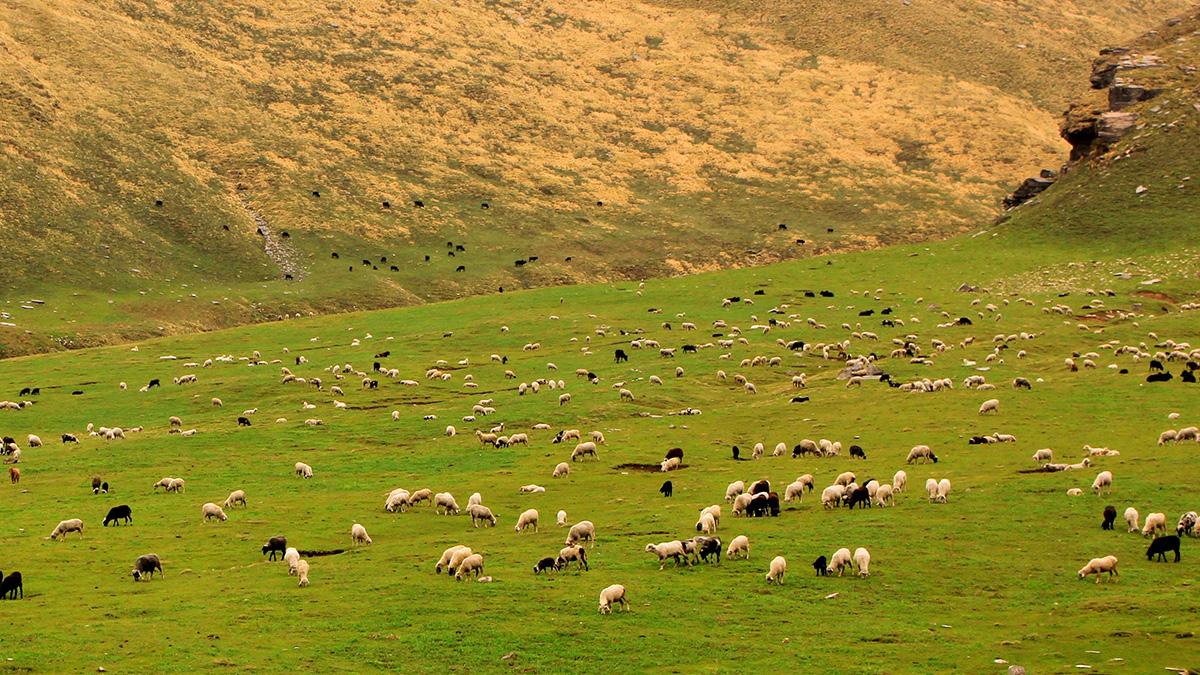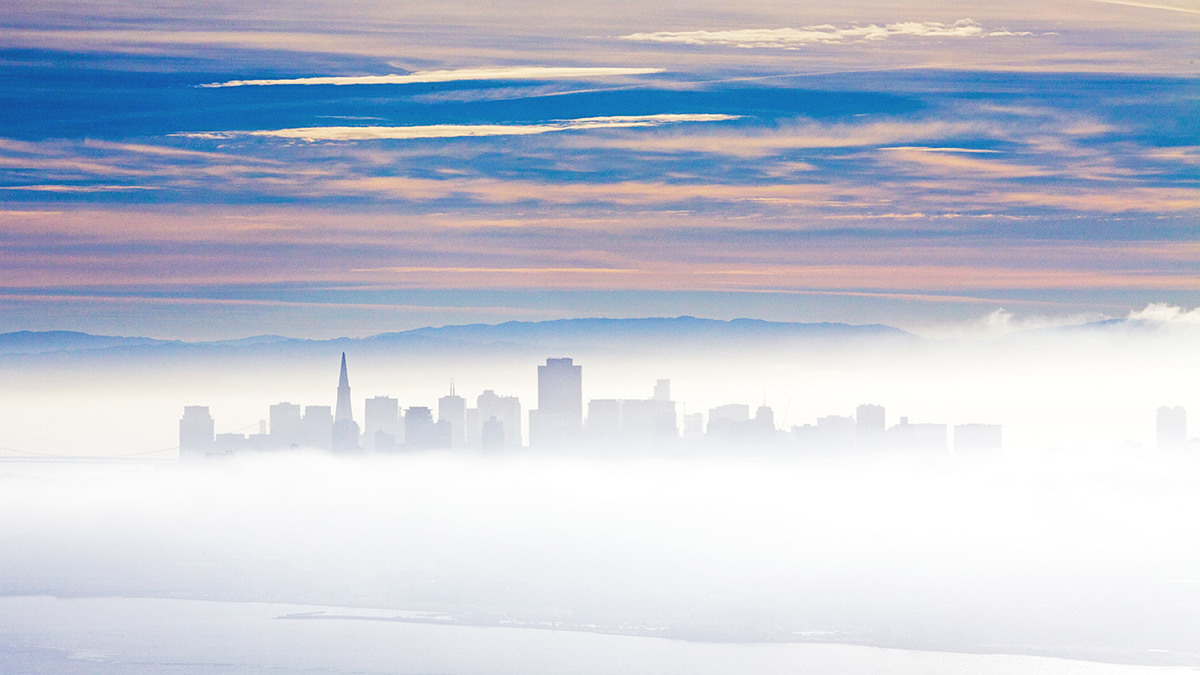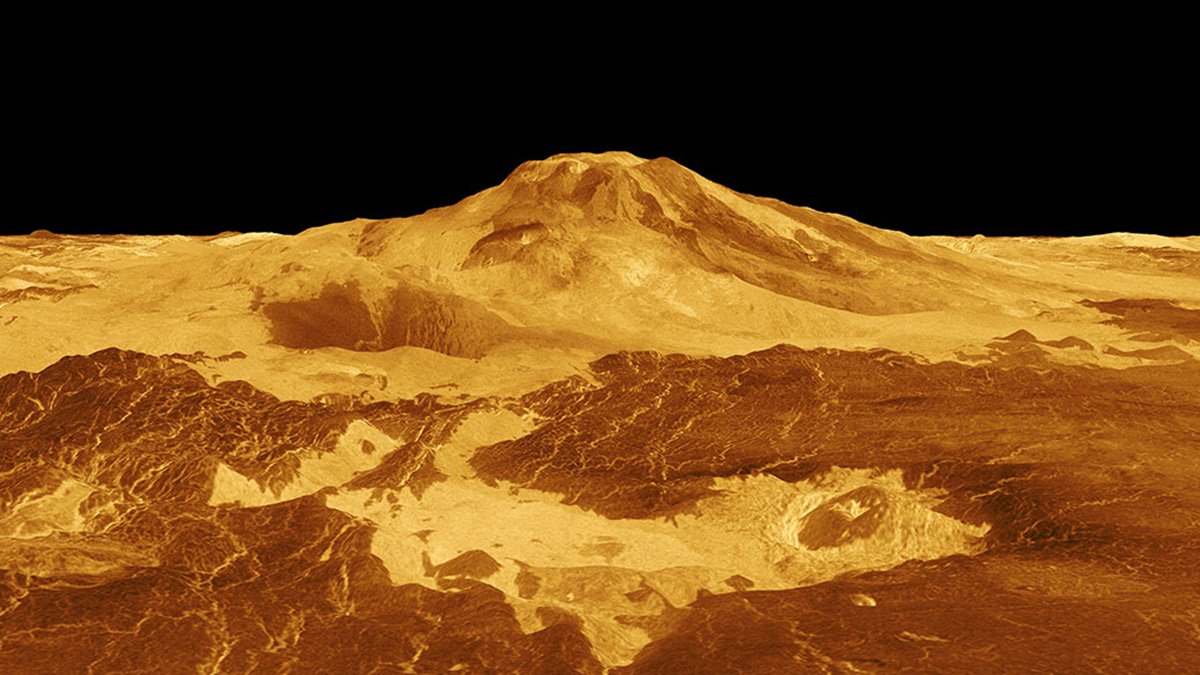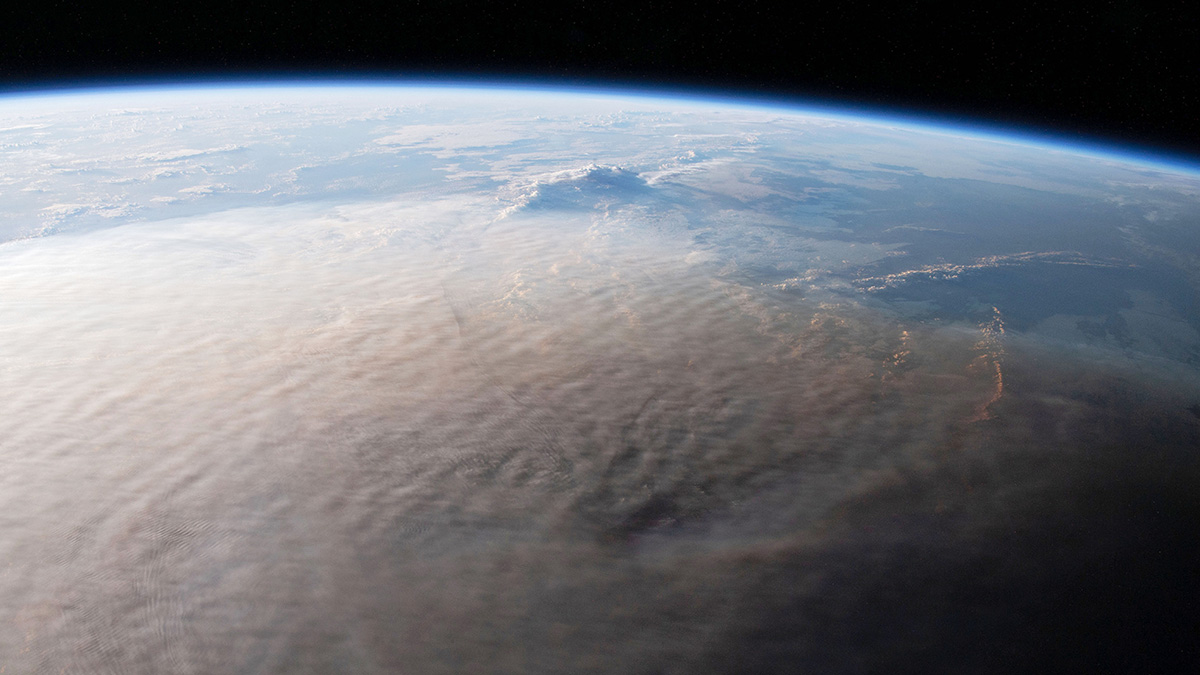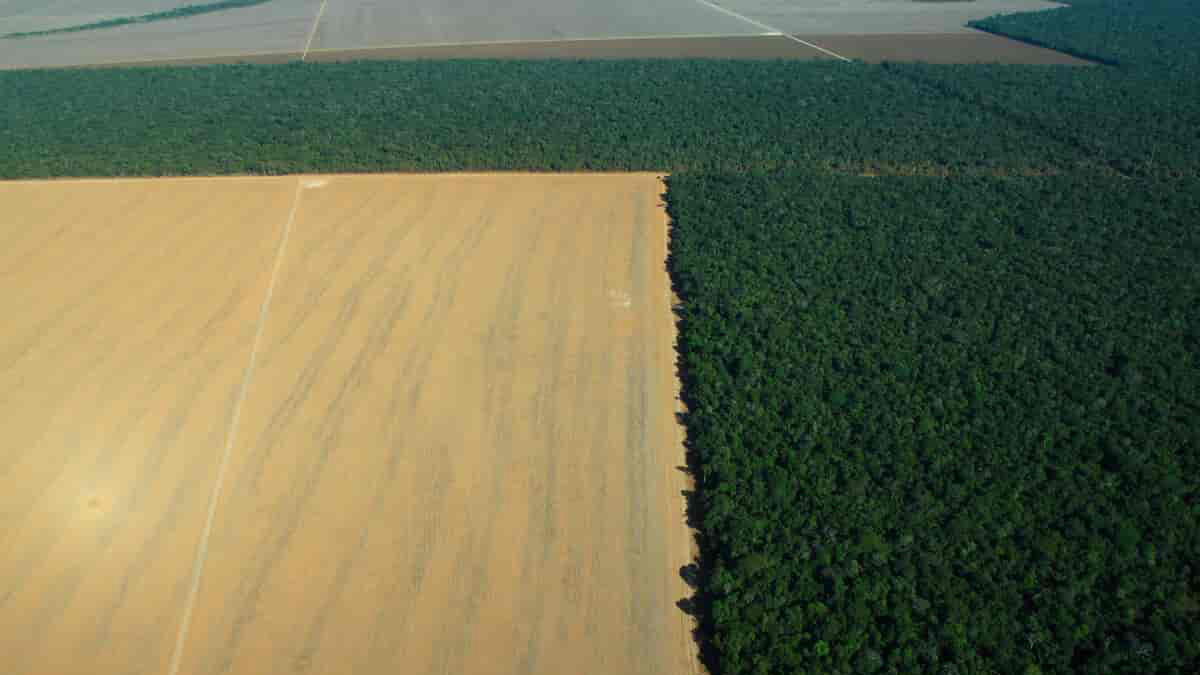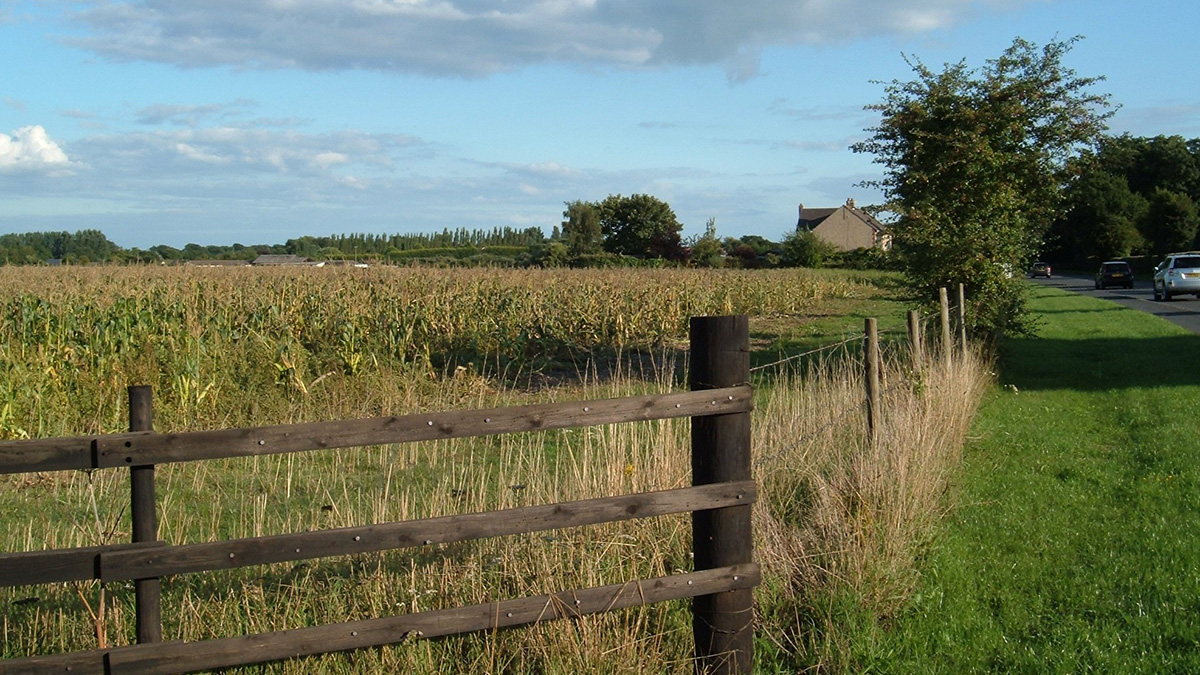Breaches in glacial lake dams threaten millions around the world, and scientists are investigating how climate change might affect that risk.
News
Veterinary Antibiotics Reduce Soil Carbon Sequestration Capacity
Livestock grazing areas sequester less carbon than those under wild herbivores.
Climate Models Aren’t Dusty Enough
Mineral dust aloft in the atmosphere has a cooling effect not accounted for in current climate models.
“Revolutionary” Instrument to Watch North American Skies
TEMPO, scheduled for launch this April, will monitor ozone and other pollutants during hourly daytime scans, providing data for better air quality forecasts and atmospheric models.
Ice Cores Record Long-Ago Seasons in Antarctica
Researchers used ice core data to reconstruct seasonal temperatures throughout the Holocene. The results link especially hot summers with patterns in Earth’s orbit.
Active Volcanoes on Venus?
With a new look at old imagery, scientists may have found evidence of volcanic activity on Venus.
Tonga Eruption May Temporarily Push Earth Closer to 1.5°C of Warming
The underwater eruption of Hunga Tonga–Hunga Ha‘apai sent megatons of water vapor into the stratosphere, contributing to an increase in global warming over the next 5 years.
“Icefin” Investigates a Glacial Underbelly
An instrument-laden submersible reveals where—and how rapidly—the Antarctic glacier is melting.
Tracking Land Use and Deforestation in the Amazon
A new study mapped 2 decades of deforestation in the Amazon and concluded that some types of land management are more effective than others.
Conserving Biodiversity Could Alter Crop Production
Researchers examined the land use trade-offs that could come with protecting at-risk species. But some scientists question what should be prioritized.


